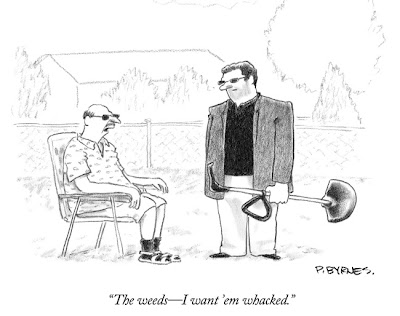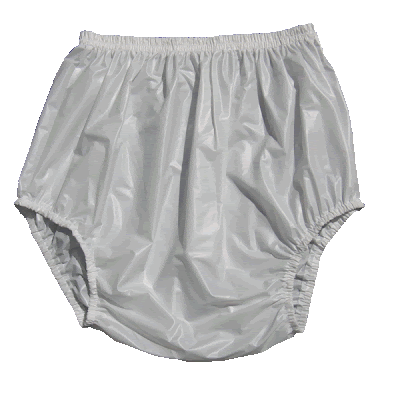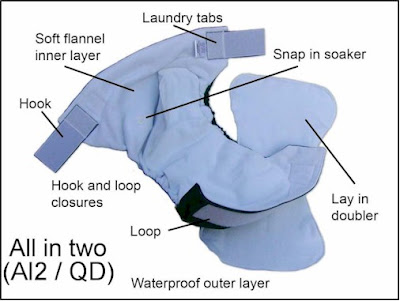
That's right folks, not only did he want to use it in our yard but he then wanted to go to his mother's house, my mother's boyfriend's house and then to our friends house and spray all their yards as well. Seriously?
He is not alone here people. We all know that it's common to spray your yard. Why? I can tell you in three words WE ARE LAZY.
This general apathy is contagious. My neighbor sprayed his yard which meant that Chuck felt like it was ok to spray our yard since it's already in our neighborhood. And this thought pattern dominoes and before you know it - our whole neighborhood is weed-free and laden with tumors.
There are four basic types of herbicides.
1. Above ground. This is the easiest weed killer to use. interrupts the way the plant makes protein by destroying the enzyme that does it: EPSP synthase. The problem with above ground weed killers is that on windy days, you could end up killing plants you want to keep because almost all plants contain EPSP synthase.
2. Birth Control. Scientists claim to have created a weed killer that is safe for one type of plant, say grass. The theory is that the chemicals attack plants that are made up of different chemicals. So the weed killer for grass is made from a chemical that resembles grass and kills everything else. Sound to good to be true? I'll let you be the judge.
3. Under Ground. This is a horrendous creation of chemicals meant to kill the weed from the root up. The big problem is that it makes the soil to toxic to grow anything.
4. Chemical. This chemical attacks plants by being absorbed through cell walls. It bleaches the cholorplasts that the plant uses for photosynthesis causing the plant to weaken, erode and die.
There are organic alternatives to herbicide - salt and vinegar are commonly used weed killers. I wound up going into the yard and spending a few hours pulling weeds. At first it was very relaxing and when it wasn't so much fun anymore - I called the kids to come outside and help. It turned into a nice family afternoon.
Please, I beg of you, stop putting chemicals into our soil. They leak into our groundwater and our food. Weed killers are causing are children to be sick and in some cases cancerous. Please America - pull your weeds!
This is a link to several prestigious studies done on weed killer and it's effect on our bodies. http://www.co.thurston.wa.us/health/ehcsg/weed_feed.html











